Storm damage can be disastrous to your home, family and finances. Unexpected roof damage can devastate your home and leave you without a safe place to live. While severe storms and other natural disasters can cause obvious, widespread roof damage that necessitates a complete roof replacement, even minor and undetected leaks can cause significant water damage and require costly repairs over time.

After a storm passes, it's important to act quickly. You must contact a trusted roofer and your insurance company so that professional inspections and repairs can be done.
Inspecting Your Roof
It's not easy to spot signs of storm damage. That is why you should schedule a roof inspection after a storm even if your roof appears to be in good condition.
When the weather has cleared, grab a pair of binoculars, and inspect your roof for storm damage from the ground. You can start with the eaves and roof edges, which often take the brunt of updrafts. Take note of any gutter damage as well. Then, examine the roof areas where flashing has been installed, such as valleys and dormers, and where the roofing plane meets a wall. Finally, look for missing, damaged or loose shingles in the main roofing area. If you have a metal roof, inspect all fasteners at the seams carefully, and note any dents that could indicate impact damage.
You will need to climb into your attic for the second part of the roofing inspection. Begin your assessment with a flashlight at the ridge and look for water stains, clumped insulation and signs of warping. Continue your downward inspection at each plane. You are not required to make repairs, but you must assess the extent of the storm damage. Turn off the attic light and examine the roofing plane for light. If you notice several of these signs, you will need the assistance of knowledgeable roofing contractors.
What You Should Do After Inspection
If the damage is severe enough and immediate storm damage repair is required, call your insurance company and your local roofer. Insurance adjusters require documentation of the storm damage and the repairs done by your roofing contractor. The adjuster will provide an accurate estimate of the repair costs, which will serve as the basis for determining the amount of insurance coverage that will be paid out to you.
Working with a storm damage expert means you can get proper assistance when filing a roof insurance claim. At Hershey Exteriors, Inc, we have professionals who are experienced in storm damage repairs. You can rest assured that we can collaborate with you and your insurance adjuster and company at every stage of the process to ensure that your roof repairs begin as soon as possible.
It's worth noting that roof damage insurance coverage varies depending on your insurance company and the specifics of your policy. But regardless of who provides your insurance policy, there are certain tactics used by insurance companies to prevent you from receiving the compensation you deserve. Understanding these strategies can help you better prepare for and avoid common mistakes when filing a roof insurance claim.
This is one of the reasons why it's a good idea to have a trusted roofing contractor provide you with a second opinion on your roof storm damage. An inspection report from a reputable company may help you overturn a claim denial if it ever comes to that. It will also keep you from being taken advantage of by unscrupulous insurance companies or adjusters.
Common Tactics by Insurance Companies to Reduce or Deny Insurance Claims
Claiming Lack of Maintenance or Previous Damage
After filing a storm damage insurance claim, your insurance company might look for ways to avoid paying for your repairs. The adjusters may try to argue that your roof's damage was pre-existing and was only exacerbated by the recent storm. They will search for evidence of negligence and will try to reduce or deny your claim. To avoid this during the claim process, keep up with routine maintenance and fix any problems. Make sure your roof maintenance is properly documented as well.
Claiming Minor Damage Instead of Major Damage
Insurance adjusters may try to convince you that the roof damage is not as severe as you claim. They may try to downplay the issue as merely a few shingles missing due to hail damage without considering the possibility of water damage or other issues associated with a compromised roof. This can lower the amount of money your home insurance will pay for repairs.
Types of Storm Damage
Inclement weather causes the most damage to your roof system. The telltale signs of storm damage are usually obvious. For instance, missing shingles and large holes in your roof aren't difficult to spot. However, there are times when the signs are more subtle, and you won't realize you have roof damage until it's too late.
This is why homeowners should always keep an eye on the condition of their roofs. Here are easy-to-miss signs of roof storm damage you should take note of on your roof:
Impact Damage
The usual culprits behind this type of damage are large hailstones and wind-blown debris. They can expose the layered substrate of your asphalt shingles to the elements, compromising the weather resistance of your roof system. Look for cracks, dents, blisters and other openings in your roof system to determine if it has suffered impact damage. Checking for excessive shingle granule loss is recommended, too. Remember that when hailstones and wind-blown debris crash against your roof, they can knock the mineral granules off your shingles.
Water Damage
Water damage from a passing rainstorm can be easily overlooked - but only because its signs appear much later in your roof's lifespan. Water damage to your roof is visible from inside your home, unlike other types of storm damage. It would help to look for water stains on interior walls and ceilings as well as paint cracking, peeling and flaking. These issues typically indicate trapped moisture behind the walls. When it rains, check if multiple leaks have compromised several areas inside your home. Moreover, mold and mildew can be identified through discoloration on ceilings and walls as well as the stale and musty odor they emit.
Wind Damage
High winds can be extremely damaging to your roof system. For starters, they can blow beneath your asphalt shingles and lift them, causing them to lose adhesion to the roof deck. Since the shingles are no longer securely fastened to the roof, the next gust of wind could easily blow them away. Following a windstorm, there are usually a few shingles on the ground and some roof sections that appear bare.
Once left unattended, this can expose the system to water infiltration, necessitating a quick call to a reputable roofing company for the necessary repairs. Keep in mind, however, that shingle blow-offs rarely occur instantly. To be susceptible to blow-offs, the shingles must be older or have been loosened by another storm in the past.
Request a Roofing Quote Today!
If you're still looking for residential and commercial roofing installers and repair experts, call Hershey Exteriors! Our team has many years of experience helping homeowners make the best decisions for their roofing and siding needs. To schedule an appointment, call us at (302) 569-9039, or fill out this contact form.
Tags
Subscribe to Hershey Exteriors's Blog


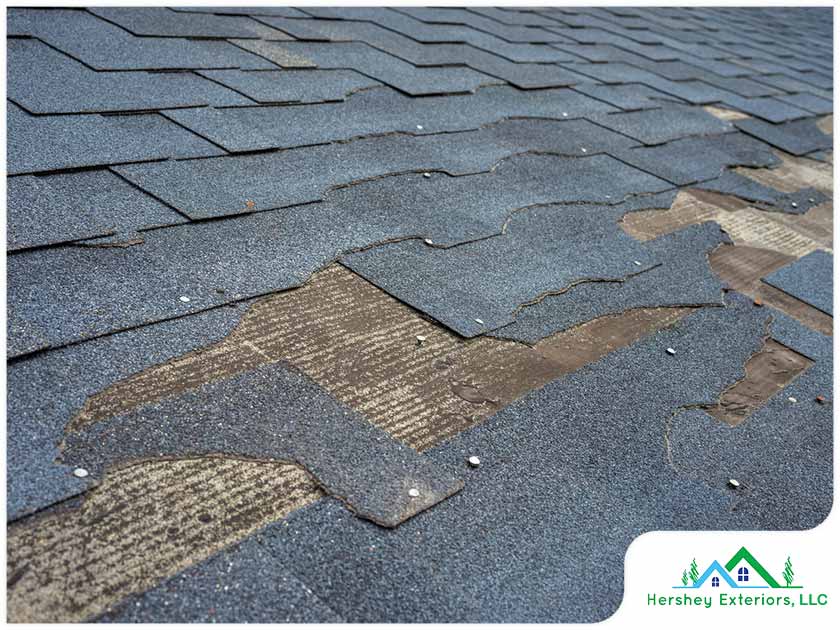
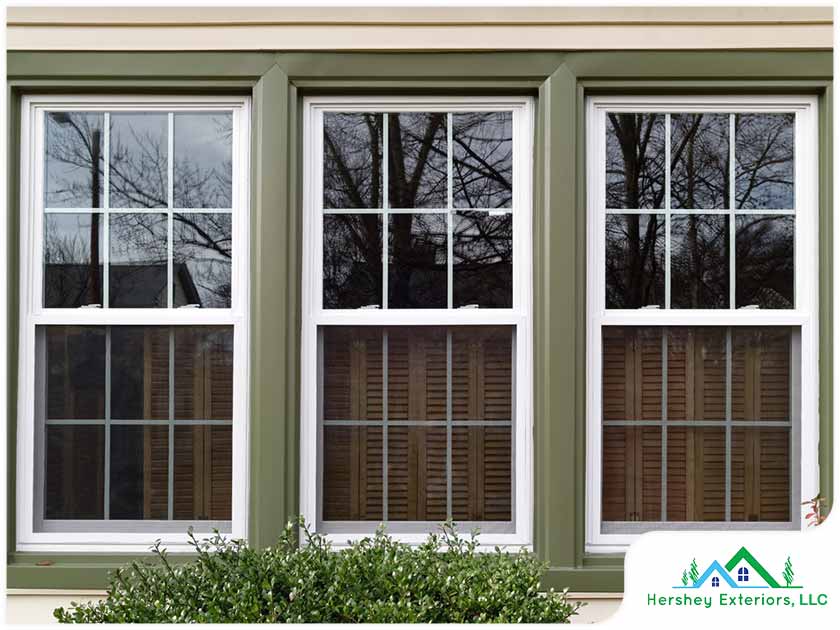
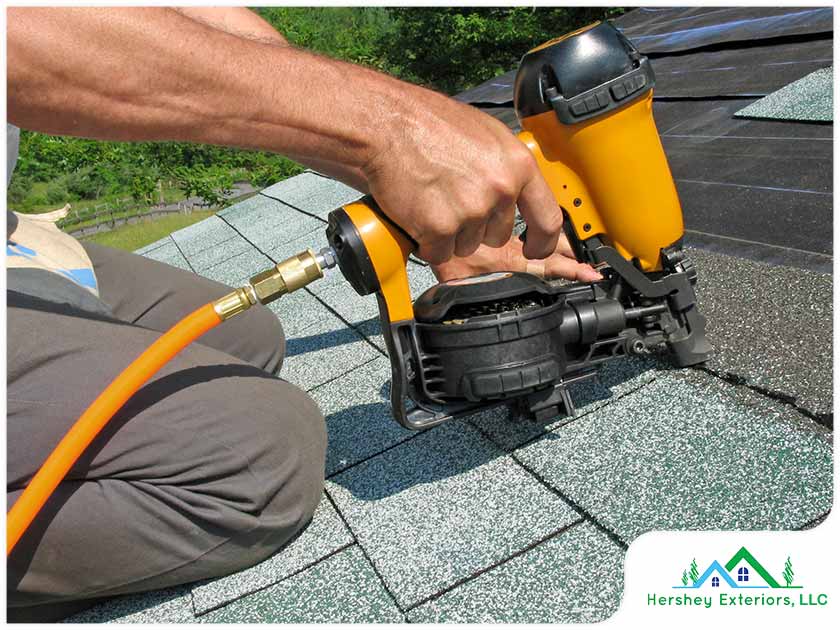
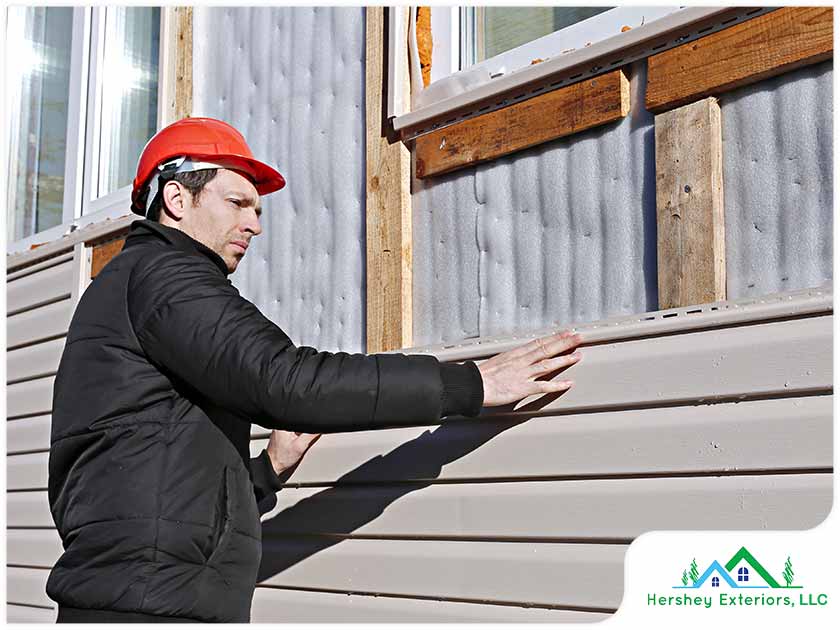
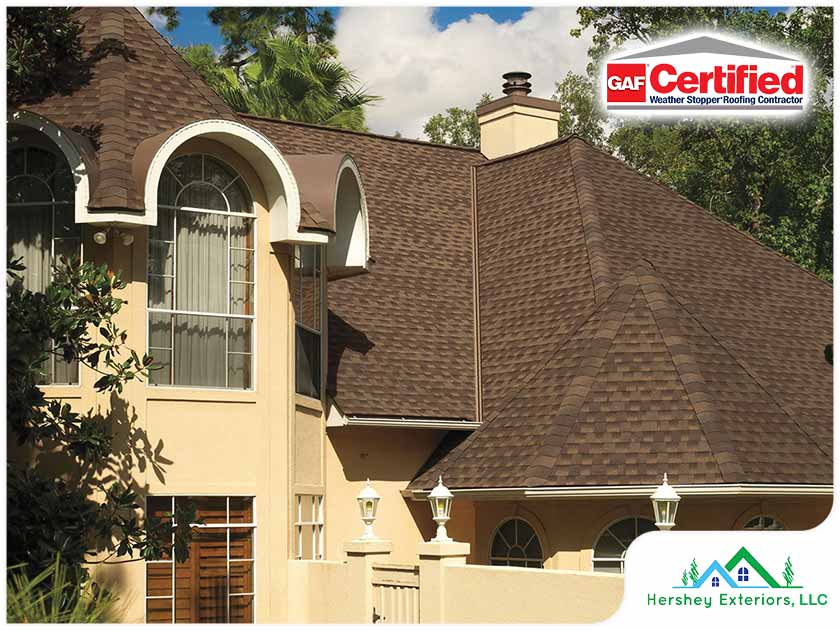

Comments